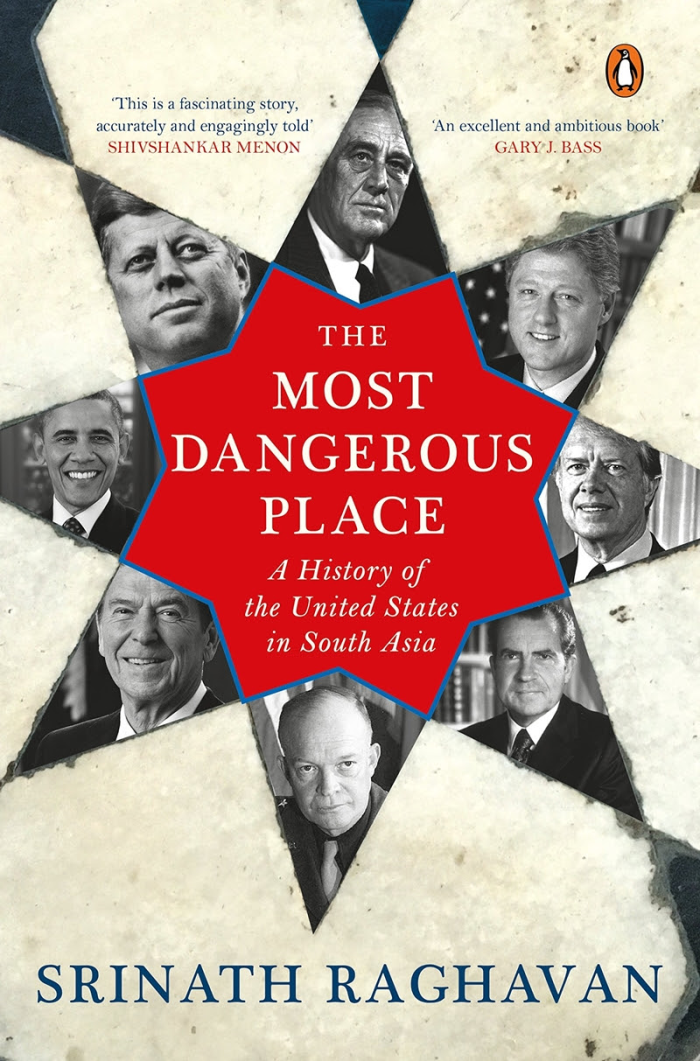By: Jatin Desai
In August 2017, US President Donald Trump announced his policy on South Asia. It emphasised primarily three countries: Afghanistan, India and Pakistan. It was expected that his policy will be different from his predecessor Barack Obama as he is a hardliner. It is one year since the policy was announced, but at the ground, there is hardly much difference.
US has been giving much political and strategic importance to South Asia, especially since the days of Cold War. The role of US in Afghanistan in the 80s and aggression in the background of Al Queada’s attack on the US in Afghanistan in 2001 is well-documented. US aided Mujahidin and then Taliban in 80s and later toppled Taliban-led government at the end of 2001. US is actively involved in the region. The significant change over the years is growing relations between India and US. Trump accorded India a critical role in the region, which is a departure from past policy.
The most dangerous place: A history of United States in South Asia
Author: Srinath Raghavan
Publisher: Penguin
Pages: 453
Price: Rs. 799
International community sees South Asia as one of the most dangerous place in the world. Again, India and Pakistan are nuclear weapon states. US has invested billions of dollars in the region without much success in tackling militancy. For more than 225 years, US’ engagement with the region has been characterised by short-term thinking. Initially, it was limited to trade. The US has been a crucial player in the South Asian region. The Most Dangerous Place: A History of the United States in South Asia, a book written by Srinath Raghavan is significant in this background.
The relation between India and US was worse during the liberation war of Bangladesh. Archer Blood, then US Consul General in Dhaka, had sent a series of cables, giving details of terror unleashed on the people of then East Pakistan by the Pakistan Army. But, Nixon and Kissinger did not pay attention to the Blood’s telegrams. Ultimately, Bangladesh became a reality. On November 4, 1971, Indira Gandhi and P N Haksar met Nixon and Kissinger. She said, “It was no longer realistic to expect East and West Pakistan to remain together.” The author says, “Nixon and Kissinger met next morning to take stock of the meeting. Nixon remarked that Mrs Gandhi was being a ‘bitch’, but we really slobbered over the old witch.”
Traditionally, India was close to USSR (disintegrated in 1991) or Russia. The Soviet military intervention in Afghanistan was not liked by India. When Charan Singh was PM, India issued a statement in UN regretting Soviet intervention and seeking the withdrawal of Soviet troops. The author says, “Mrs Gandhi changed this policy soon after she took over. While she too held that Soviet intervention in India’s neighbourhood was highly undesirable, she refrained from publicly voicing her disapproval while privately trying to persuade Moscow to make a planned exit and Kabul to wean itself off Soviet military support.”
During her visit to Moscow in 1982 USSR supremo Brezhnev told her that they want to withdraw from Afghanistan but how they should get out? Mrs Gandhi replied, “Mr General Secretary, it is a good idea to withdraw your forces from Afghanistan. The way out is the same as the way in.”
The book gives an insight into the US thinking on South Asia. It is an important addition to the number of books written on South Asia in general and Afghanistan, Pakistan and India in particular.


